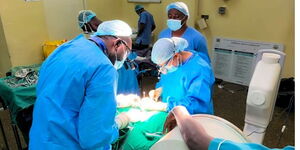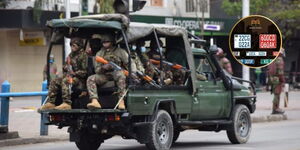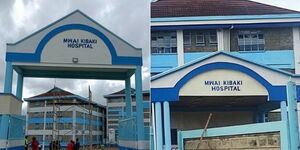The National Police Service Commission (NPSC) has launched a scheme to address the ever escalating suicide and murder cases among police officers.
The scheme, which is aimed at addressing depression - the main cause of the high cases of murder and suicide - will see officers undergo mental assessment, before being put on a recovery programme.
In the exercise, more than 100,000 police officers will undergo mental tests with the aim of determining if they are fit to discharge their duties effectively.
The exercise has already been conducted in Nairobi, with the same being rolled out across the country.
NPSC chairperson, Eliud Kinuthia, on Thursday, August 26, told National Assembly’s Committee on Administration and National Security that a medical board to carry out the exercise is already in place.
The pilot exercise is already monitoring more than 200 officers with mental-related illness.
NPSC says it is currently assessing 104 officers to determine their mental fitness. 113 others are under medication for mental illness.
“There are about 113 police officers within the NPS under care and treatment for mental illness, four females and 109 males,” states the document tabled before the National Assembly committee.
Among the recent cases, a police officer based at Njoro Police Station in Njoro Sub County, Nakuru, shot and killed a female patient seeking treatment at the Njoro Sub County hospital on the night of Sunday, August 22.
The officer is reported to have stormed the hospital and fatally shot a woman reported to be his girlfriend, as she was receiving treatment.
In another case, a female constable attached to the Gilgil Weighbridge Police Station along the Ngong-Suswa road, accidentally shot dead her colleague during a police chase with a lorry driver who had resisted arrest.












